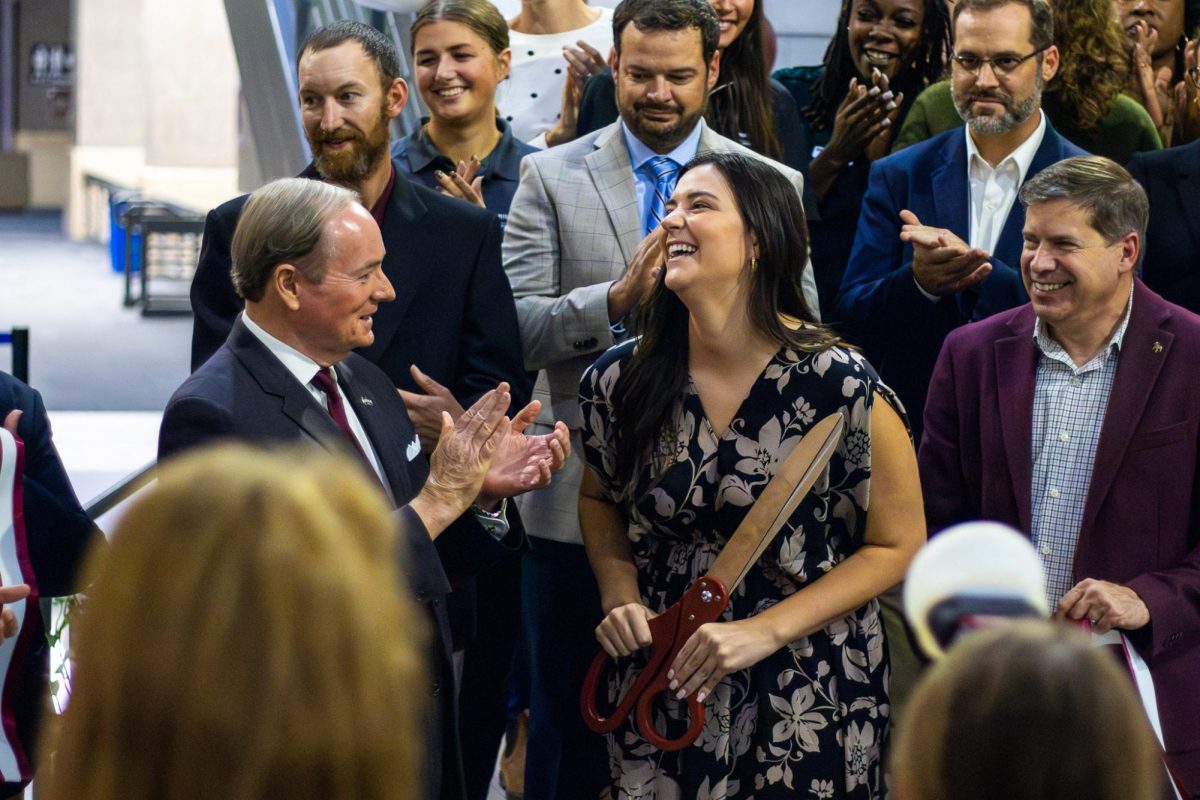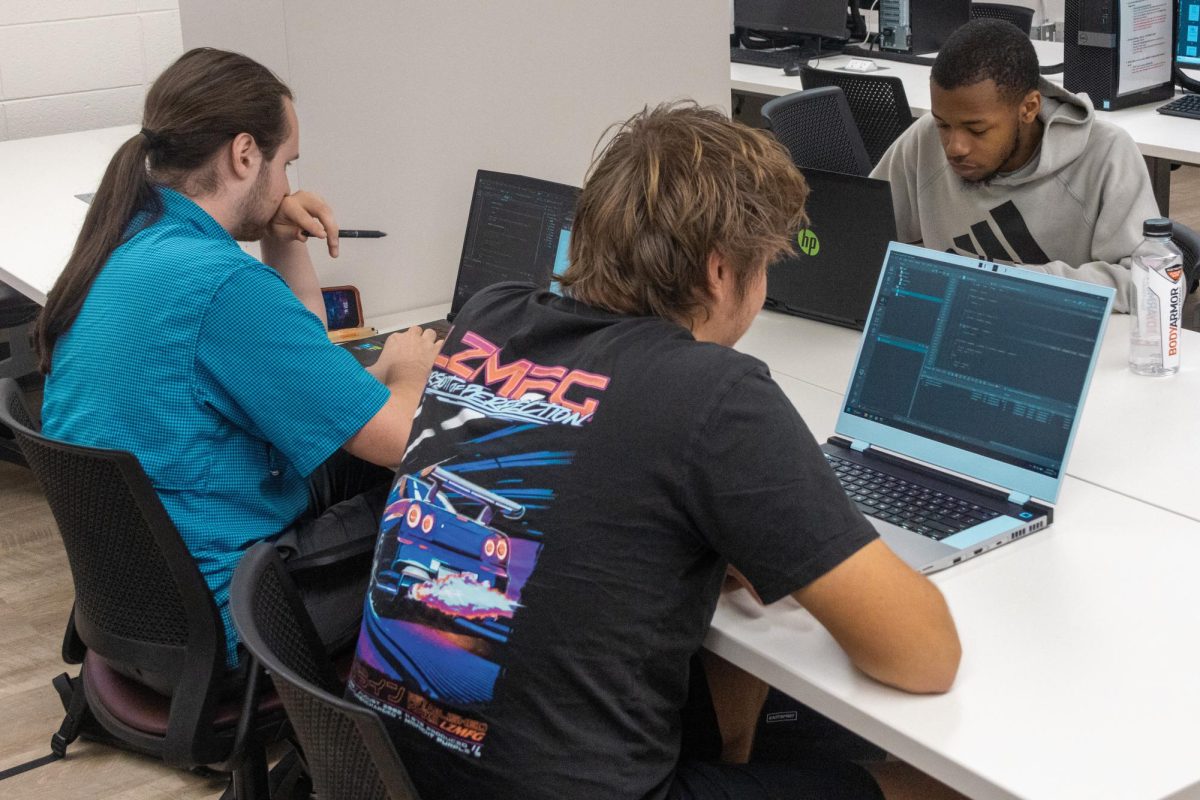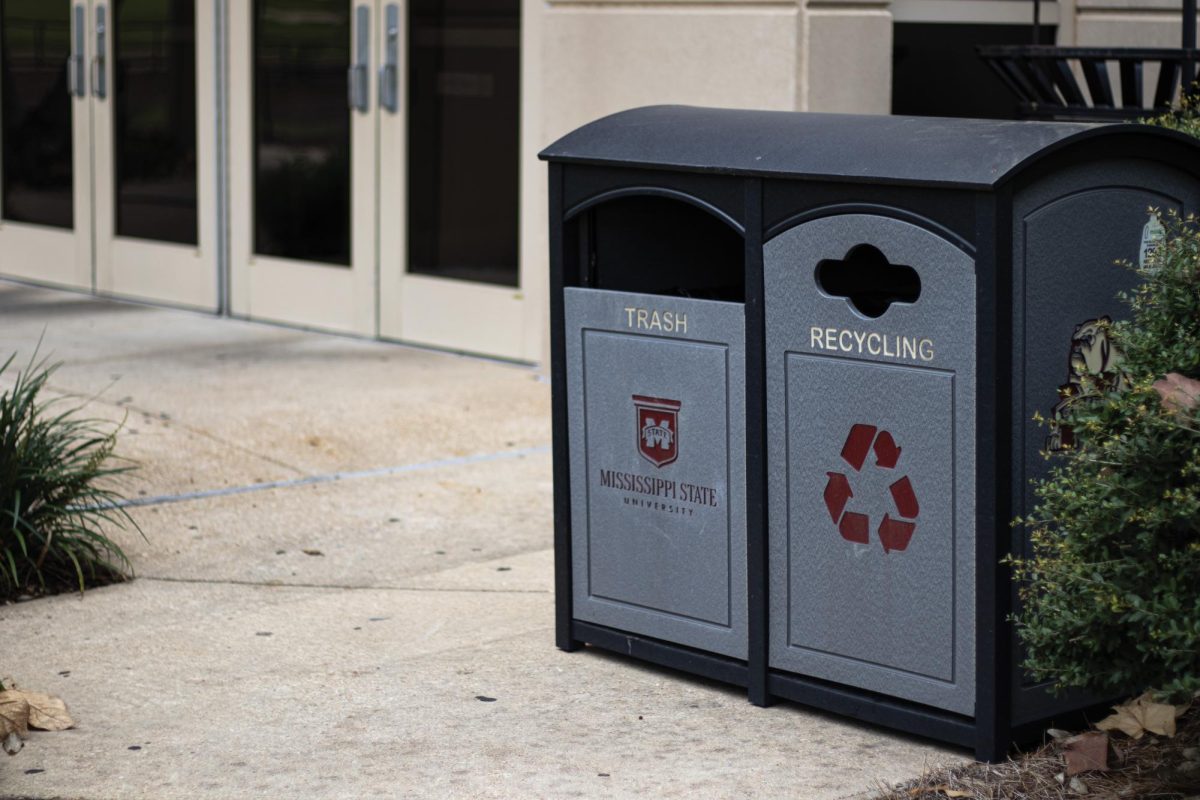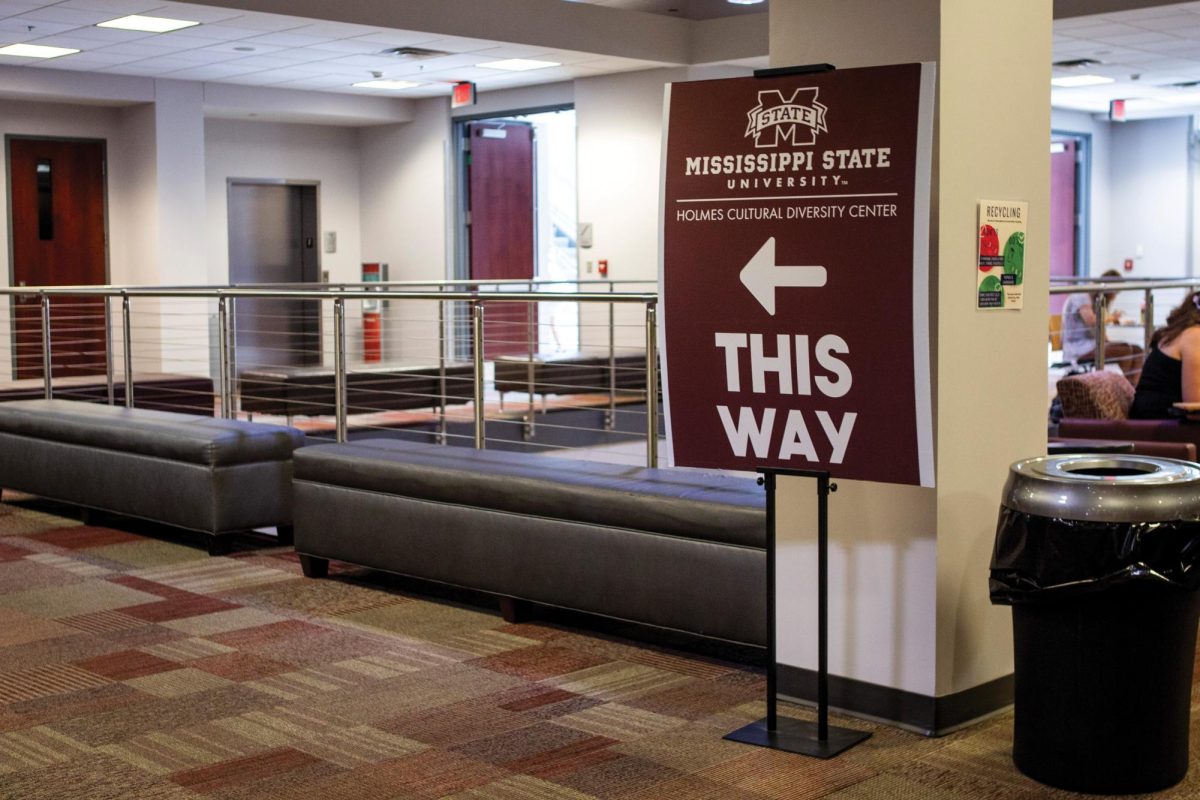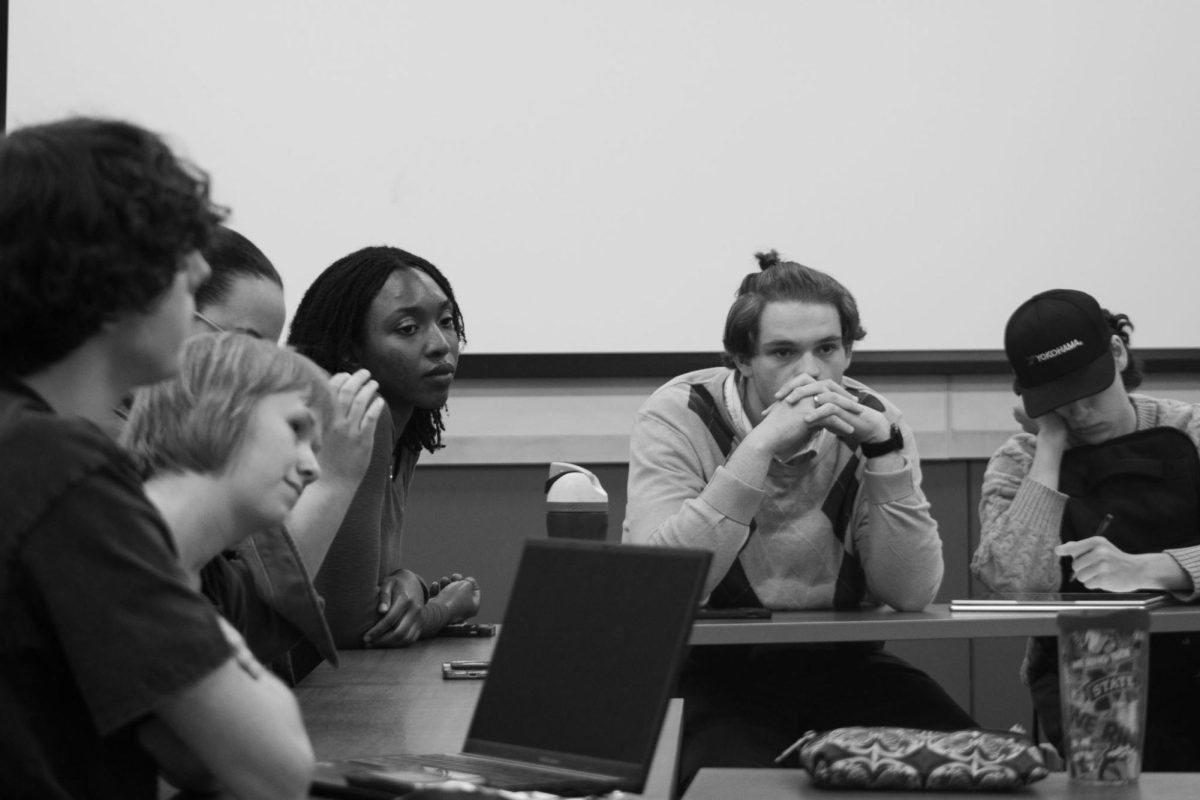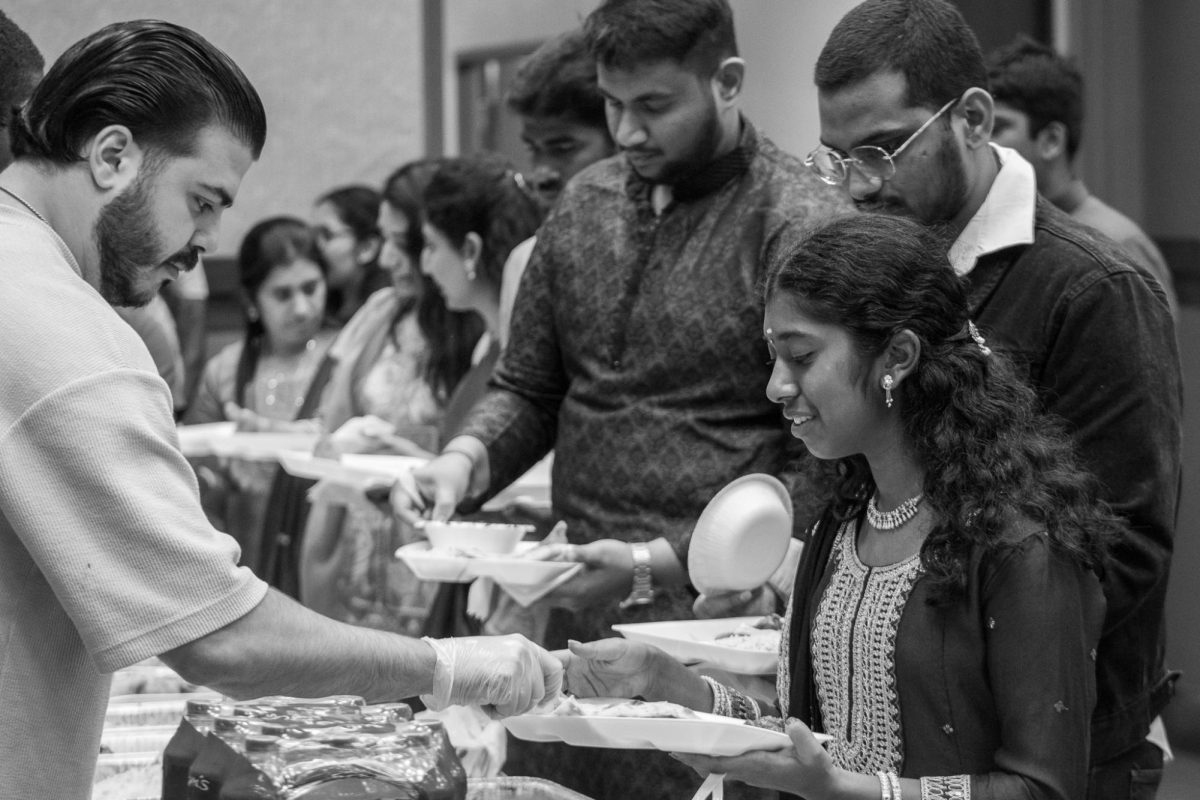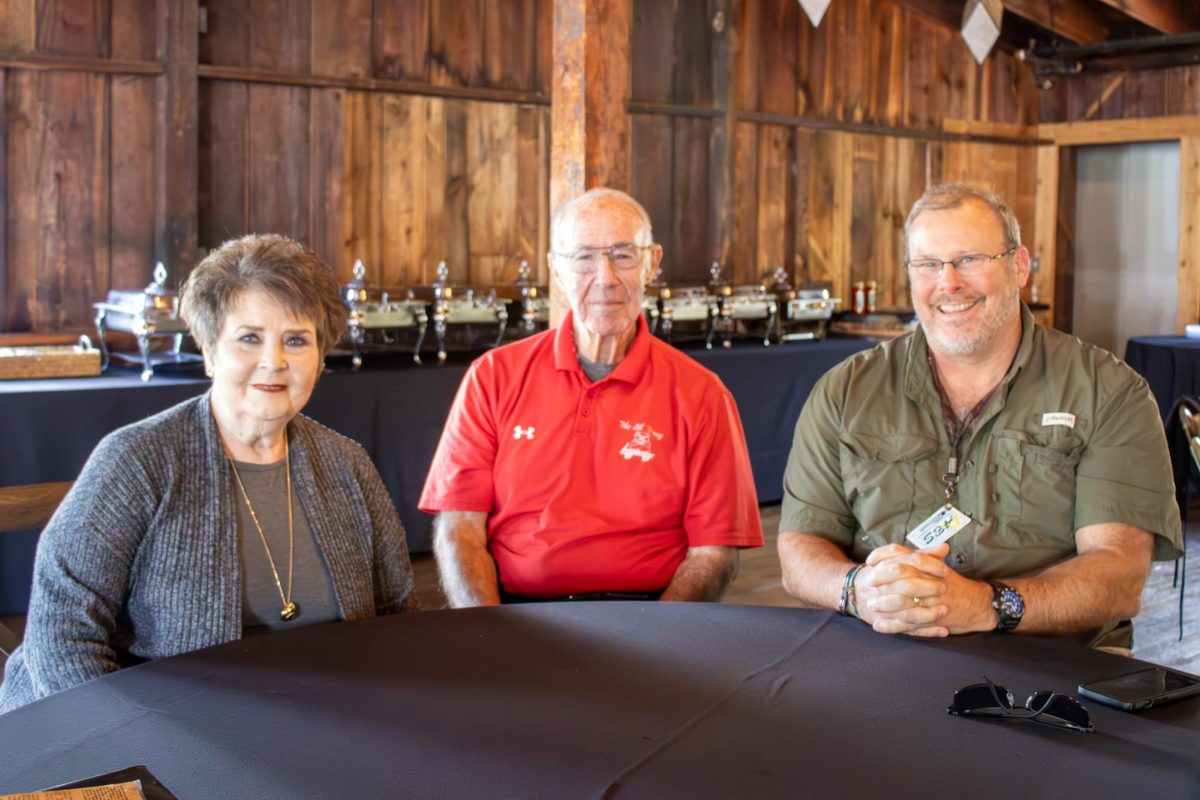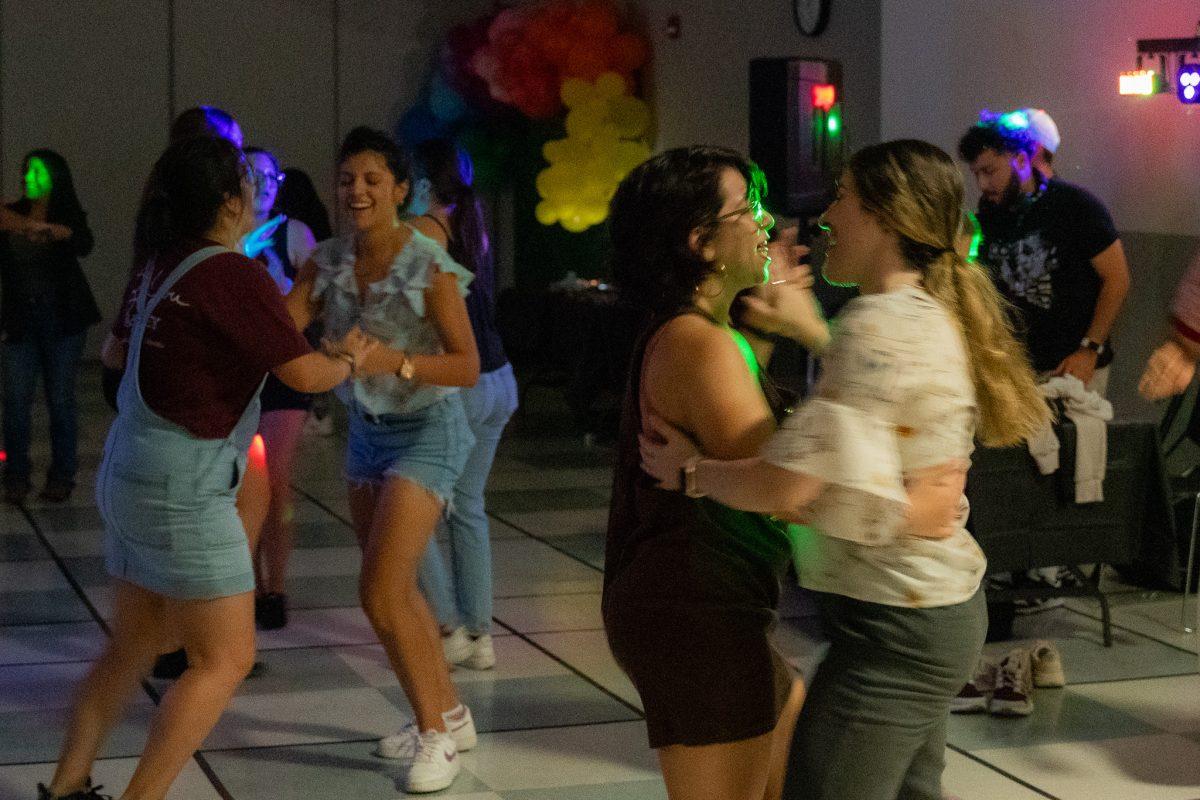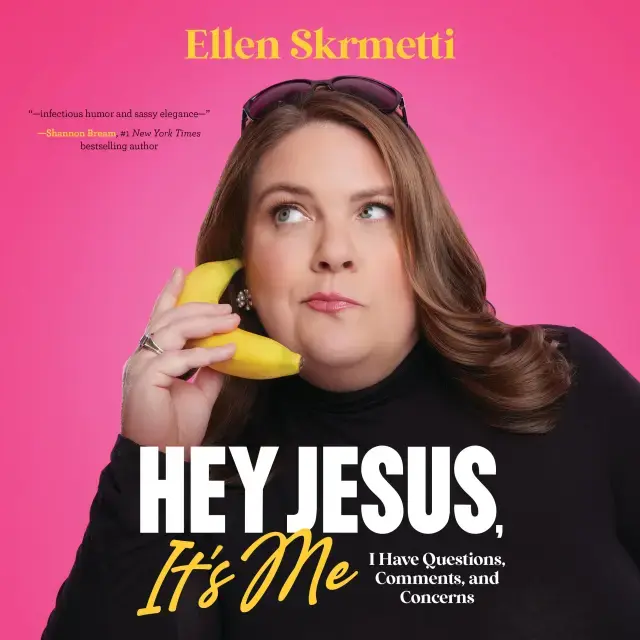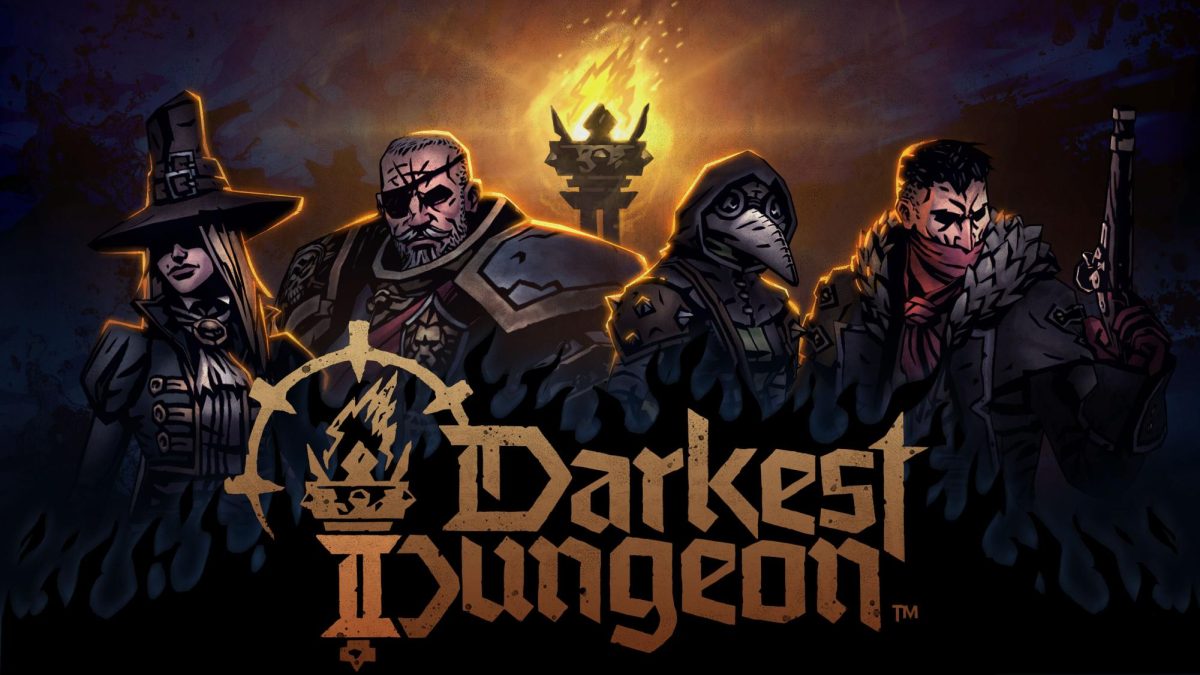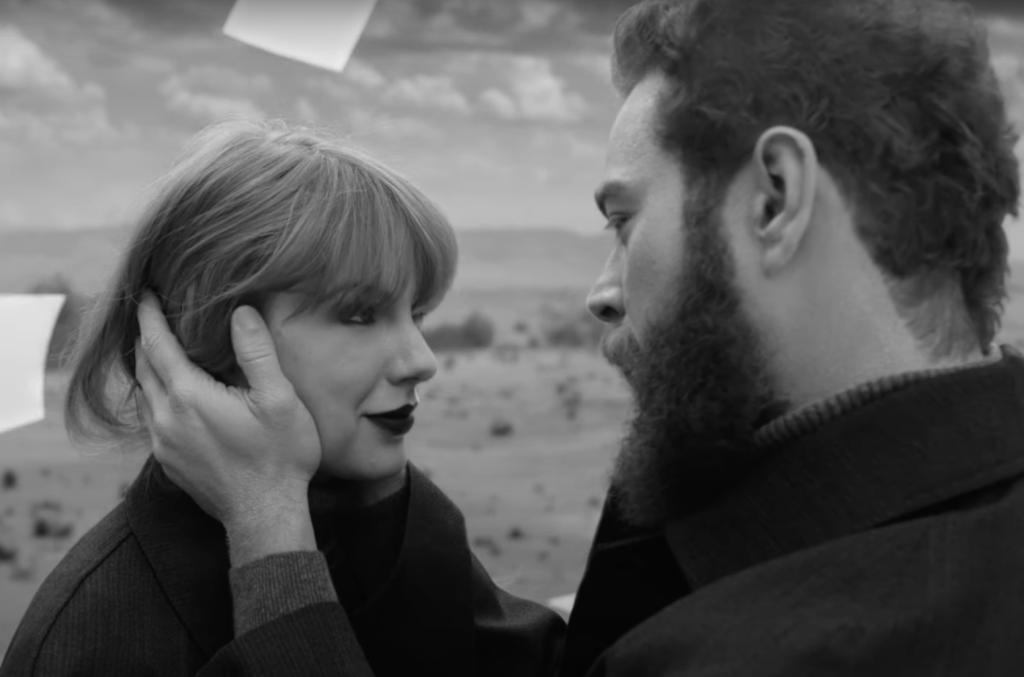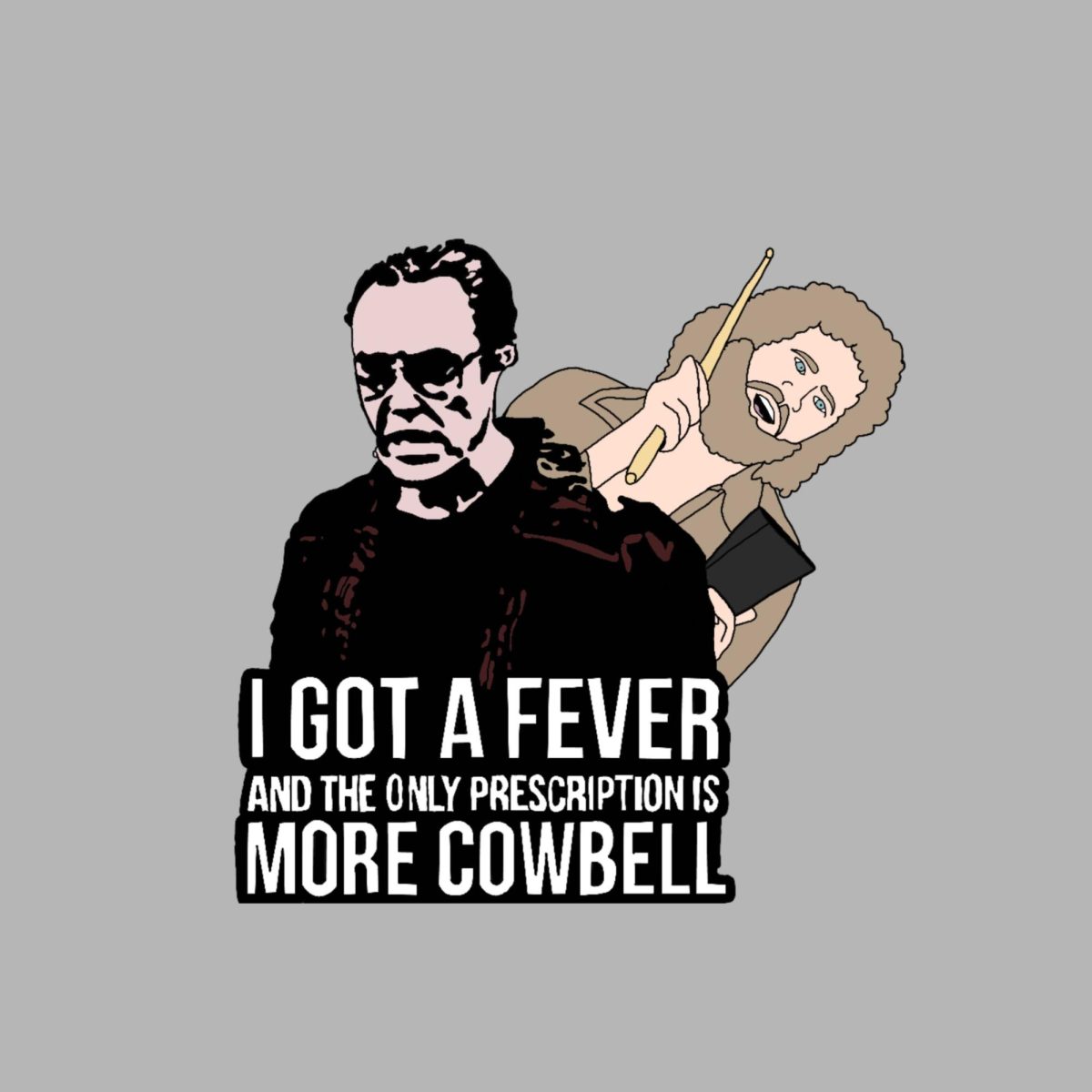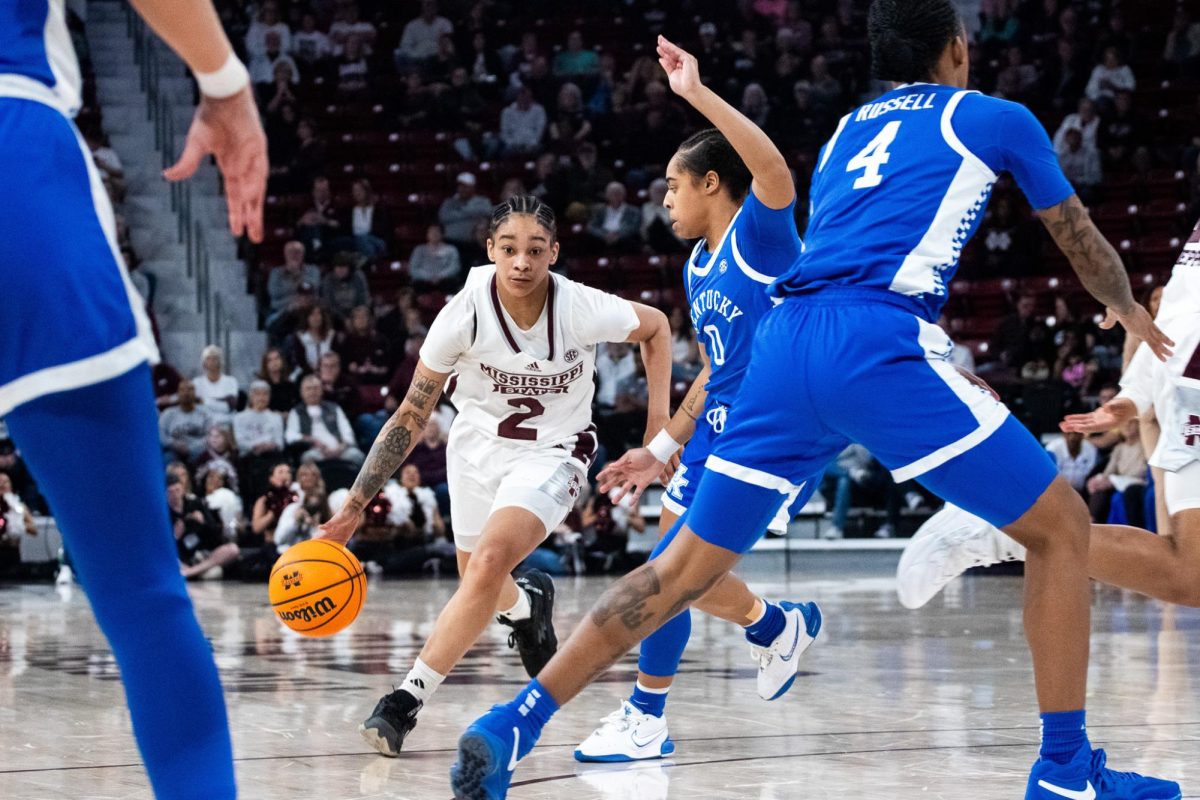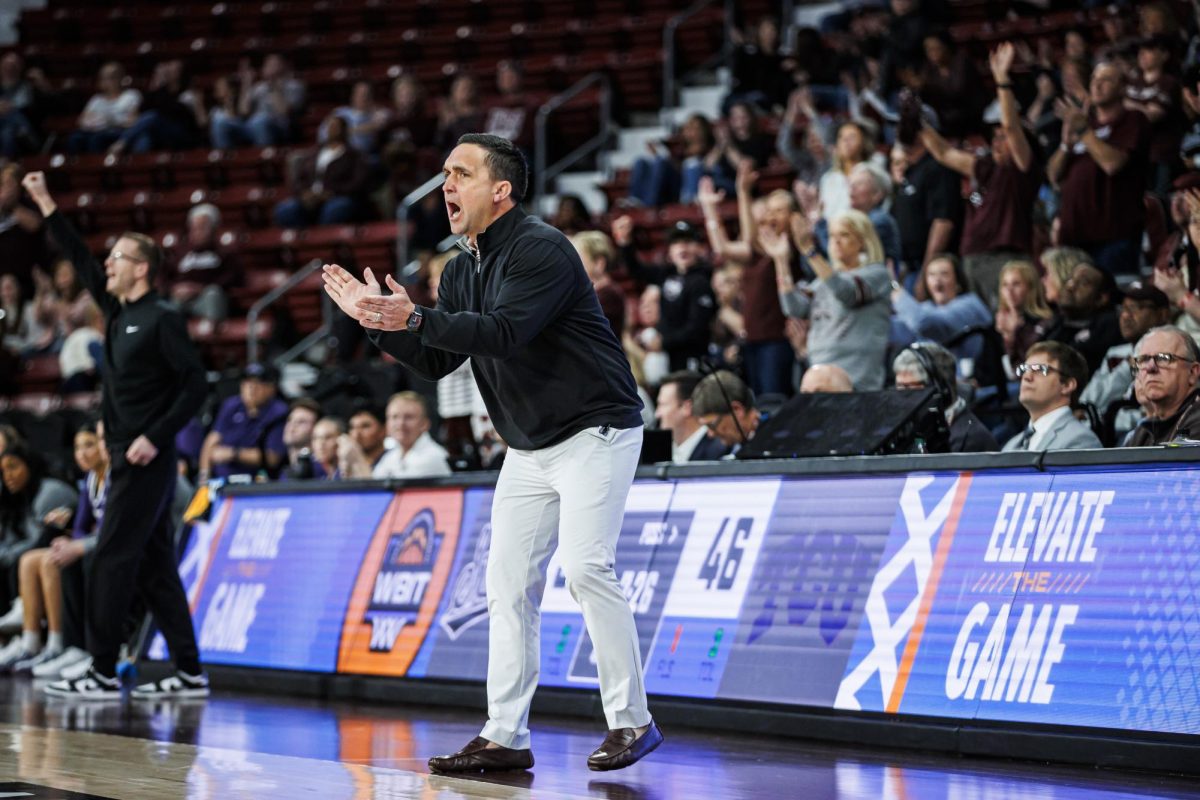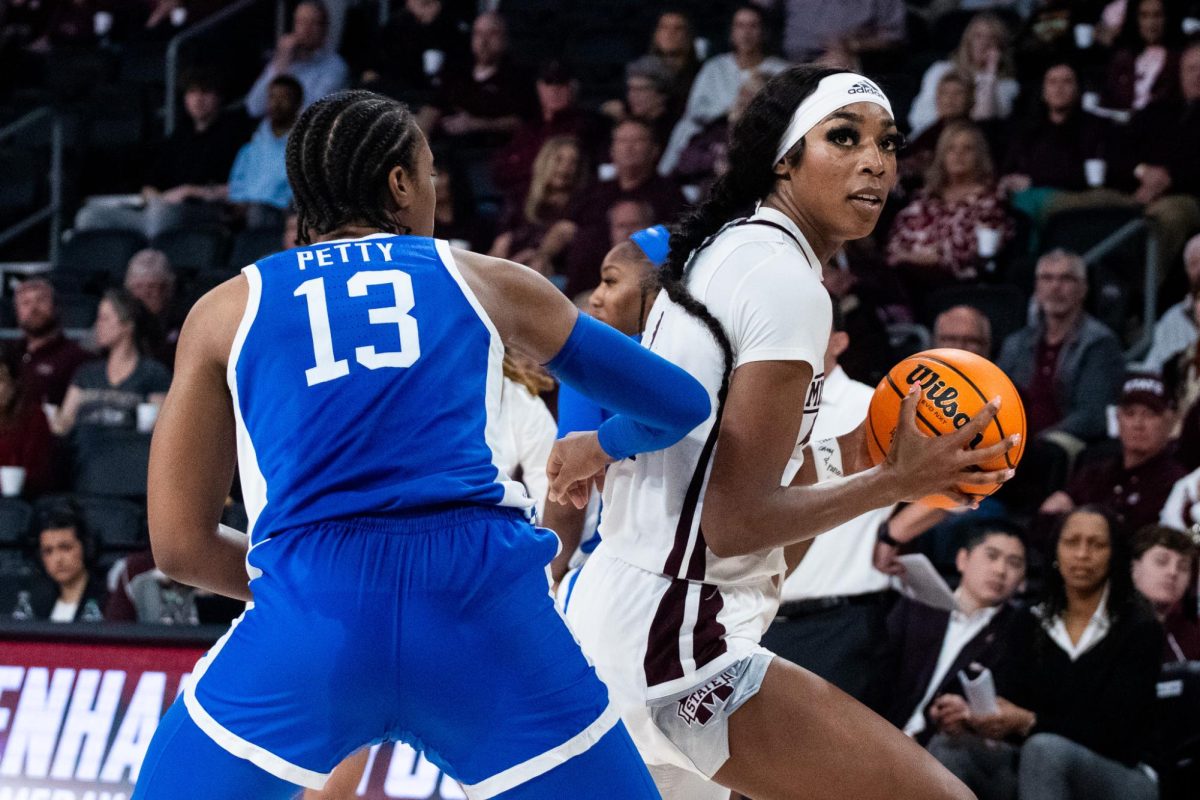One of the most glorious things that came into the world is binge watching. The Magnolia Film Festival is an annual event in Starkville, and one of the best things about it for students is that it is basically the definition of binge-watching.
The film festival consists of seven short films and one movie-length film for each block of showings, roughly 16 hours of film-watching spread across three days for only $15. The festival also offers $5 tickets for four hours of viewing.
This year was impressive, so I highly encourage those interested to attend next year and take advantage of all the festival can offer. Of course, there were of negative aspects about the festival, but it was without a doubt money well spent.
Not only was this festival great, but it is an aspect of Starkville that makes me glad I came to MSU. This festival was the first in Mississippi history, and since then, it has inspired others to host their own festivals and has impacted Mississippi in multiple ways.
Michael Williams, the president of the Magnolia Film Festival, said festivals like this are a big part of why he has a career in this art form.
“I was making films back in 2004, but I started my professional career in 2007 after my first film job that I got after actually going to the Tupelo film festival,” Williams said.
Williams also explained how film festivals in Mississippi have the ability to impact the state, including bringing job and economic growth.
“They promote to the average person that film can happen in Mississippi,” Williams said. “It actually brings in tourism and money, and not just for festivals.”
Thoughts on day one’s showings
The first group of films on Feb. 28 were some of the best. With short dramas like “Longhand,” centered around a deaf girl trying to be accepted into the military, and “Breasts,” a film about a woman going through the struggles of raising a child by herself, the festival was able to bring to light some situations and hardships many do not have to struggle with or even consider on a daily basis.
The director of “Longhand” used every noise heard in the film as a way to show the girl’s aspect on life, which was very impressive, and the fact that “Breasts” was based on a true story allowed the impact to be even stronger.
“I Can’t Do This,” another drama shown the first day, was less interesting, but still captivating. This short film was about a woman meeting her father for the first time, which made it semi-interesting, but nothing more.
“An Unkind Word,” however, was the best short drama of the night. While the cinematography and intentional directing was better in ‘Longhand” and “Breasts,” “An Unkind Word” kept the audience’s attention due to the man’s realization of not being important in his own life.
This film was outstanding because it was sad enough to make people realize how society can push someone to a fate of truly being unknown or not cared for. It sends an even deeper message because the film was based on a true story inspired by the director Neil Monaghan’s own life.
With three dramas came three comedies of the night, and while “Party On” was worth the viewing, “Medium Rare” was not. “Party On,” a film about two best friends with the struggle of staying close, was relatable, and the costumes and lighting were impressive. “Medium Rare,” however, was not like this.
There are no good words to describe it, since it did not seem to have a point. There was a lot of artistic ability in this film that went to nothing, making it something to laugh about with friends.
A review of day two’s showings
Day two came along with many good short films as well. The night began with “Seventy,” a film about an old man holding a pre-funeral. While this was certainly quality filmography, it was depressing. Despite the sad nature of the film, the amount of background noise and music to fill any awkward silences helped the short film evolve into something impressive and entertaining.
Another short drama standing out with the background noise and music was “Delta Crossings.” This aspect of the film made it what it was, and while it still was not the best, it was far from the worst.
The worst film from day two, and possibly the entire festival, was easily the comedy “My Zombie Club.” I hesitate to call it a film because it was actually a commercial in disguise.
In every movie theatre and every movie, there is a short commercial or ad about how piracy is illegal. This film, like many of those commercials, was designed to tell the audience that piracy is a bad thing. While I understand this is important to indie film directors, this particular film was not worth paying for.
The final day’s showings
The final day was split into a daytime and night section. The daytime section at 1 p.m. was the worst part of this festival. If someone reading this specifically bought a ticket to that showing alone, I am truly sorry, and I promise the Magnolia Film Festival had better moments.
While “Being Here,” a heartfelt drama based on a true story about a woman in rehab struggling with many life-altering things, was impressive, almost nothing else was.
At best, “Mama Bears,” a documentary without a clear point, had potential. At worst, “Letters To My Ex-Lover,” a film, quite literally, a slideshow with the people blurred out of the photos, was abysmal.
“You Destroy Me,” a blunt and strange, but comical showing had great writing and a great atmosphere that unexpectedly saved the day.
The closing portion of the Magnolia Film Festival was possibly the most impressive of them all. The only downside to this night was “Care,” a dry, pointless, depressing documentary about a random woman.
However, every other short film was at least somewhat impressive. “The Marvin Family Tortoise” was a comedy with brilliant set coloring and an impressive, amusing artistic view. “Sac De Merde” was another comedy of the night with a less impressive artistic eye, but a more amusing script and story line. Both were thoroughly enjoyed by the audience, and were perhaps some of the most significant short film highlights of the festival.
The closing night also showed “Two Balloons,” a strange but adorable love story animation with two lemurs who find each other with their individual balloons and fall in love. Not only was the story and writing impressive, but the animation was incredibly well-done, even if the style the director chose was not the best.
The four feature films, shown at the end of every block, lasted roughly one and a half hours. Each film had good and captivating qualities, though some easily outdid others. These films shown included “Driven,” “Where There Is Darkness,” “Nathan’s Kingdom” and “In Our Bones.”
“Driven,” shown the first night, was mediocre. While it did hold my attention, I doubt I would buy the movie. Still, what the director Glenn Payne did while keeping the car in every single shot was very impressive.
Also, the fact Richard Speight Jr., the actor who plays Gabriel in “Supernatural,” was outstanding in this film, allowed the film an actor who could act. The writing and filmography of this movie were captivating, but because what I am guessing a big portion of the movie’s acting budget went to bringing an experienced actor on board, most of the minor characters were far below average in their abilities to portray roles.
On the second night, the film, “Where There Is Darkness,” was a documentary. While I genuinely enjoy many documentaries, this one was unable to capture my attention, and I struggled to stay awake. It documented the murder of a Catholic priest in a boring way that was re-stating facts. When it was not re-stating facts, it was bending the truth to make the villain seem like a decent person, though it was obvious he had many issues.
This documentary basically pinned the murder on the father of the killer because of the abuse he put upon his children. This abuse certainly affects a person’s ability to make decisions, but it did not make the decision for the killer.
The third feature film shown during the daytime portion of the final day was “Nathan’s Kingdom.” While it felt similar to the movie “Bridge to Terabithia,” it gave an entirely new spin on the idea of finding one’s happy place. It is important to note the actor who played Nathan was on the autism spectrum like the character, which meant he was able to portray the character’s struggles better than many other actors.
While it was not bad, the end the movie gave out a feeling of dragging. There were so many points where the film could have ended, to the point where by the actual end, the movie felt tiresome. Still, with many great qualities to the film, it was one worth watching.
The fourth and final film, “In Our Bones,” was a documentary and the best production shown during the entire festival. While some films had individual qualities that were better, the feature as a whole was hands-down amazing.
The film told a story of three girls going on a year-long road trip to encourage people to sign up to become bone-marrow donors. Not only was this documentary extremely well-cut together, but it was heartfelt and captivating.
As soon as the festival was over, there was a long line outside the door for people signing up to be donors. This film was easily the best because, while it may not have been the most artsy or comedic, it inspired people to come forward and sign their names on a list to saves lives.
This film was the best possible way to end the festival. Because this festival is so unique and entertaining, it was entirely worth the $15 spent to attend. While there were certainly several bad films, they were outweighed with captivating, important, comedic indie movies that broke barriers and brought important issues to light.


